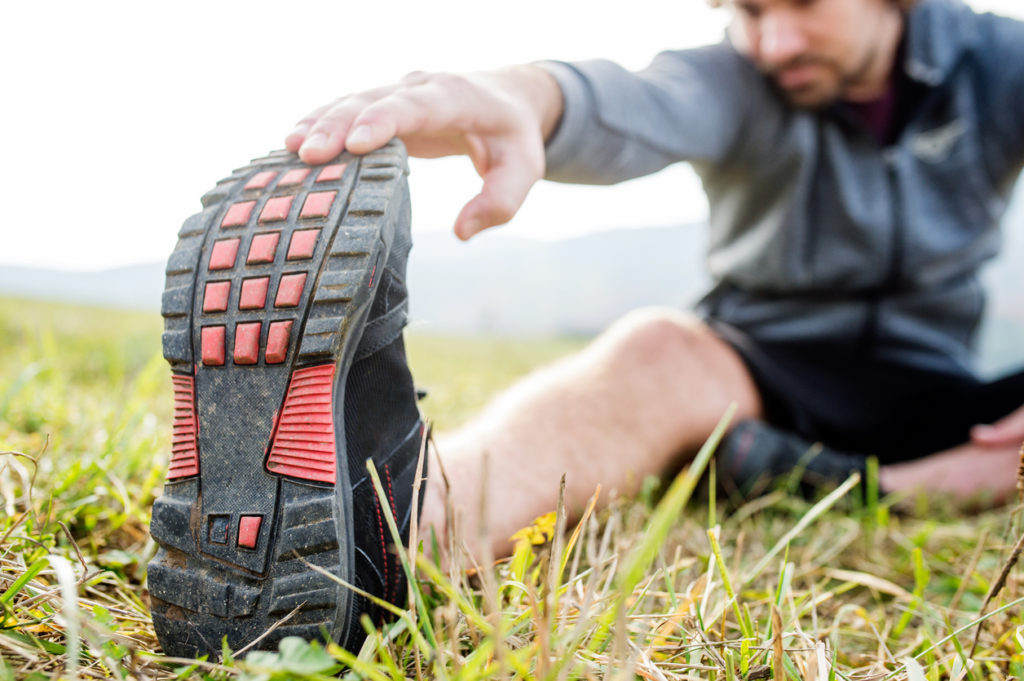Let’s be honest, we’ve all skipped a warm up or two (or seven) whether it’s because our time was limited or we just plain forgot – missing the odd warm up is a known phenomenon. Cue gasps from running coaches and sad, slow head shakes from PT’s the world over – “we’re not angry, we’re just…disappointed.” But, did injury strike or catastrophe ensue? Likely, it did not. Which begs the question: should runners ever bother with a warm-up? The (rather inconvenient) answer is a resounding YES. Here’s why…
Greater Joint Mobility
According to a study from the American College of Sports Medicine performing warm-up exercises ahead of a run can help give you a wider range of motion in your joints. Joint mobility supports good running mechanics and allows for a more efficient running economy.
Related Article: The Importance O f Mobility For Runners
Reduced Risk Of Injury
According to Matt Roberts, personal trainer to the rich, the famous and the hectically busy, you’re also less likely to fall foul of common running muscle problems if you warm-up thoroughly. “Improving the blood flow to the hamstrings and calves in the warm-up means they’re comfortable with the challenges to put them through as your start your run,” he says.
“There’s also research to show that consistently warming-up over a prolonged period of time results in fewer injuries across the course of a season,” says James Wild, lead Strength & Conditioning Coach at Surrey Human Performance and author of ‘Strength Training for Speed’. When injuries do occur because of an insufficient warm-up they can be critical ones though. “Typically they’re connective tissue injuries may occur around the ankle and knee joints (tendons in particular),” says Wild.
Related Article: Injury Prevention Warm Up
Mental Preparation
But it won’t just be your body that feels the benefit of perfect pre-run preparation. “A warm-up can provide valuable time for a runner to mentally prepare for the run ahead,” adds Wild. “Some research has reported that athletes who simply ‘imagined’ a warm-up had an enhanced physiological performance.”
It’s a view that Roberts concurs with. “Your warm-up should start before you leave the house. It should involve some dynamic moves that replicate the actions you’re about to make, so running on the spot and leg swings along with mental preparation maybe picturing your route in your mind.”
What Is A Good Warm Up?
How does a runner know they’ve done sufficient exercise to constitute an optimum warm-up? “Typically when you actually feel warm,” states Wild. “So your heart rate has been elevated for a few minutes and your muscles and joints feel ‘looser’ (or not stiff).” MR recommends a warm up time of at least 6-10 minutes preferably including some dynamic stretching.
Related Article: How To Warm Up For A Run
If you’re looking to fast-track your warm-up routine Roberts recommends getting out the old foam roller. “Using a foam roller or even a tennis ball to manipulate muscles has the effect of performing a deep tissue massage on the legs – it’ll rapidly increase blood flow, loosening up tight muscles and prepare them for action.”
So there you have it. It may take a little time but the benefits of a warm up are well worth it in the long run (especially just before your long run).







